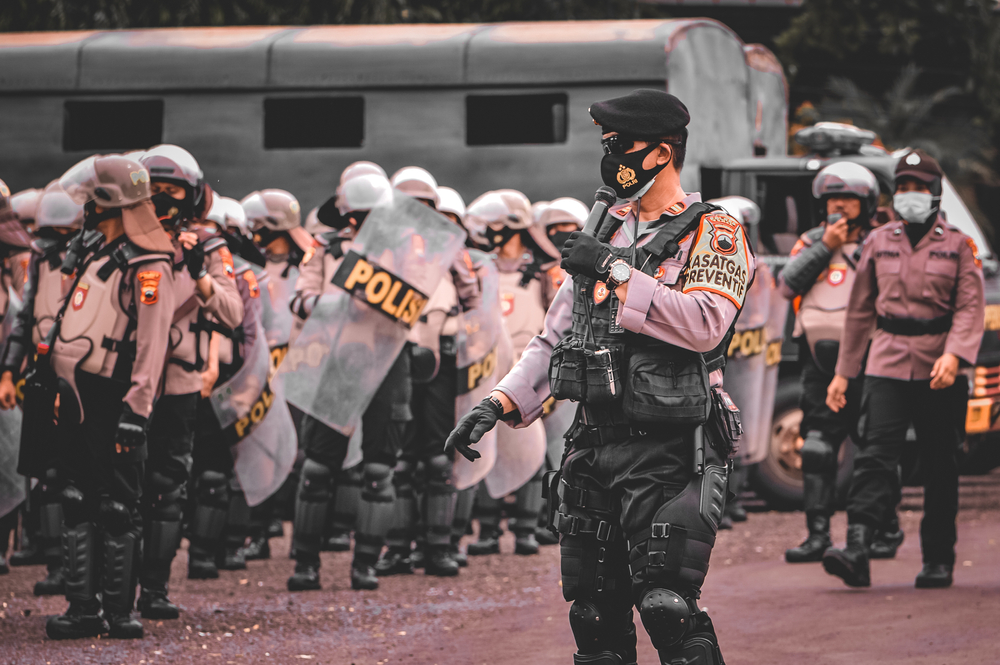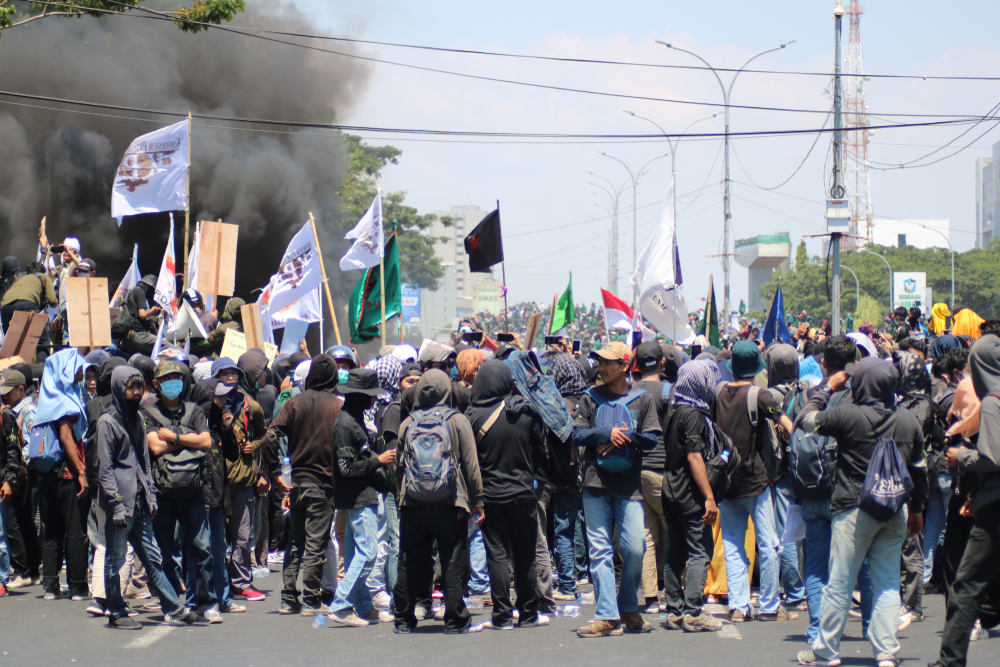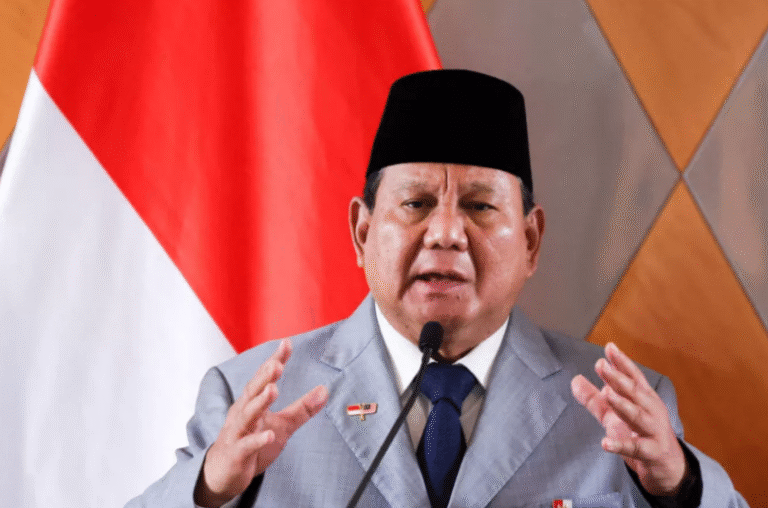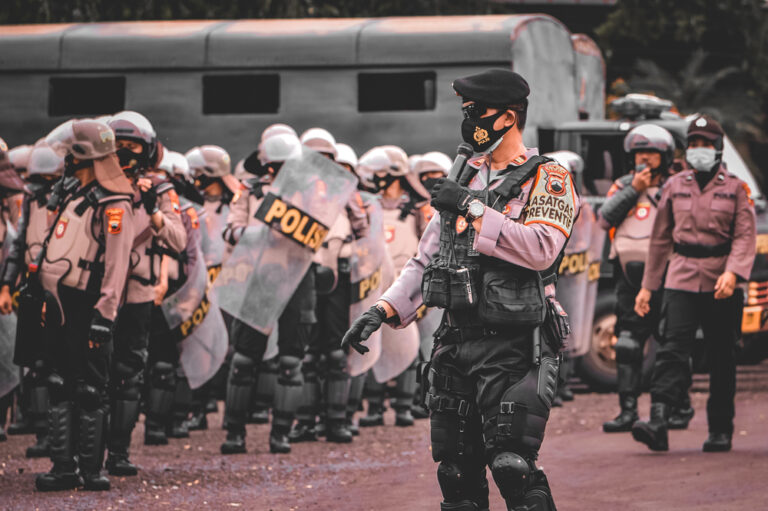
Indonesia protest damages
Indonesia protest damages reached a staggering Rp174 billion as recent civil unrest rocked major cities Jakarta and Surabaya. This enormous financial toll reflects not only the physical destruction but also the deep-rooted social and political tensions fueling the protests. To fully understand why these Indonesia protest damages escalated to such heights, it’s crucial to examine the events and consequences step by step.
What Sparked the Unrest?
The protests initially ignited after a controversial bill proposed hiking lawmakers’ housing allowances to Rp50 million monthly, stirring widespread public outrage. Coupled with rising economic hardships and inflation, this move struck a nerve with many Indonesians. Importantly, the death of a motorcycle taxi driver during police clashes further inflamed tensions. Thus, Indonesia protest damages are tied directly to the scale and intensity of this bout of civil unrest.
The Cost to Jakarta and Surabaya

Jakarta and Surabaya became epicenters of the upheaval, with thousands of demonstrators engaging in violent clashes and destruction. Protesters targeted government offices, public infrastructure, and businesses, leading to widespread looting and fires. Consequently, police estimate Indonesia protest damages in these cities to total Rp174 billion, covering rebuilding costs, law enforcement expenditures, and economic disruption due to halted commerce. Indeed, this figure highlights the severe impact on Indonesia’s urban centers.
Economic and Social Fallout
Beyond the immediate physical damages, the protests caused significant ripple effects across local economies and communities. Many businesses suspended operations temporarily, while citizens faced daily disruptions and insecurity. Additionally, government resources focused heavily on security and damage control. As a result, the broader economic impact makes the Rp174 billion damage figure represent just part of the overall cost to societal stability.
Government’s Role and Response
In response to the protests and ensuing Indonesia protest damages, authorities acted swiftly. The government cut lawmakers’ contentious benefits and vowed to pursue reform and accountability. Meanwhile, increased security efforts aimed to restore order and prevent further escalations. Yet, addressing these deep social grievances remains essential to curbing any future unrest and minimizing additional damage.
Moving Forward with Lessons Learned
Indonesia protest damages underscore how quickly societal frustrations can translate into costly disruptions. Therefore, comprehensive political dialogue, economic reform, and transparent governance must accompany restoration efforts. Addressing root causes will help prevent recurrence, enabling Indonesia to rebuild stronger and more resilient communities for the future.




